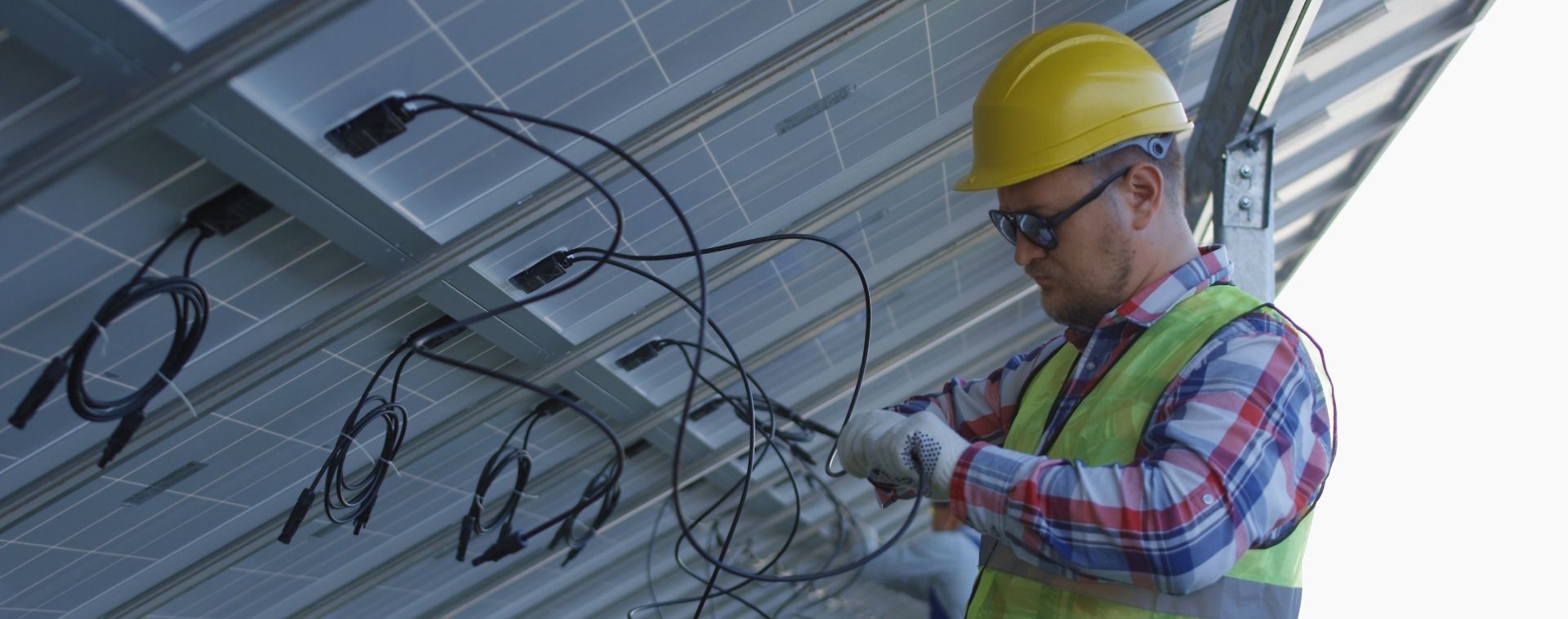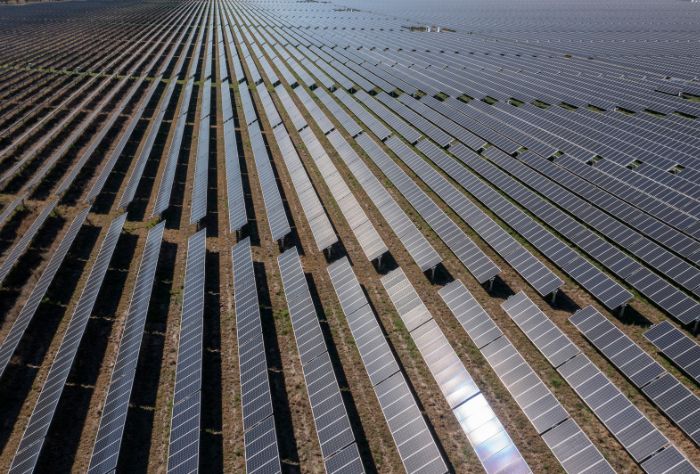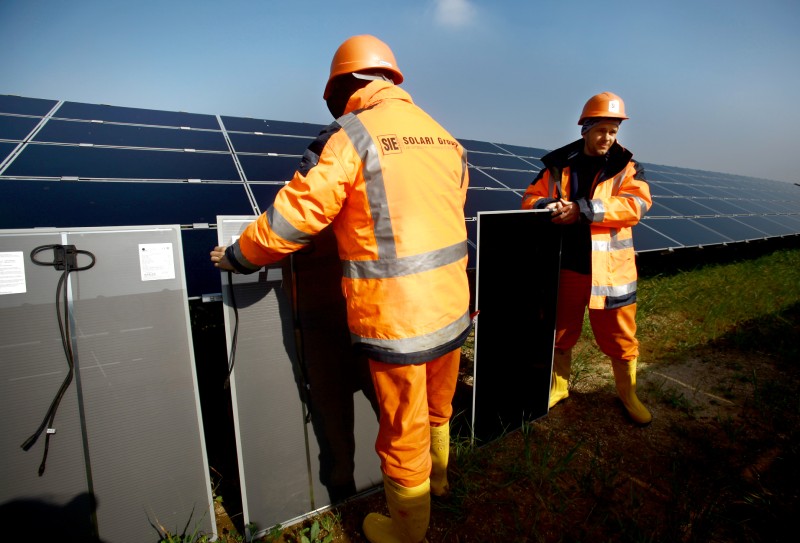Solar farms: increasing the share of solar energy in the energy mix
The rapidly expanding photovoltaic industry is playing an important role in the transition to low-carbon energies. Building on its extensive expertise in solar farm projects, Nexans is supporting the development of this sector.
Challenges facing the expansion of solar farms
IRENA expects 90% of electricity to come from renewable energy sources by 2050. The share of solar energy in the new energy mix is expected to continue growing significantly.
Many countries are turning to solar power to meet growing needs in decarbonized electricity, and because solar farms enable the generate electricity with a lower LCOE (Levelized Cost of Electricity) compared to most other renewable and conventional sources. Huge investments in solar infrastructure are driving growth, along with subsidies for the installation of solar panels, particularly on roofs.

Solar panels are becoming cheaper and more energy efficient, further driving the expansion of this sector. Solar technology can be installed on a small or large scale, for example on the roofs of commercial, industrial or residential buildings to supply the power grid. The simplicity and limited risks of installation make it a technology that can be easily deployed in most parts of the world. Furthermore, photovoltaic plants are relatively fast to build, with most projects taking less than 12 months to complete (projects under 50 MW).
Nevertheless, the deployment of photovoltaic technology raises a number of challenges. Solar energy production fluctuates with the amount of sunshine. This poses the problem of availability, particularly during peak demand periods at the beginning and end of the day. For the solar sector to continue growing, it will be necessary to step up both investment and innovation, particularly in electricity storage and power grids.
Nexans is involved in solar farm projects all over the world. Building on our industrial, technical and innovation capabilities, we are able to execute large-scale solar projects and deliver a range of innovative services to drive the expansion of the solar energy sector. We are working on issues relating to farm / grid connections, and the sizing of electrical infrastructure.
1,300 TWh
solar power generation in 2022
26%
growth of the solar sector in 2022
Between
15 and 30%
of difference in efficiency between rotating solar trackers and fixed solar trackers
Nexans solutions
- Expand the range of suitable terrains, diversify sites and increase producibility with solar trackers tailored to solar farms of all types and sizes.
- Deploy Nexans’ revolutionary tracker, a technology that makes it possible to install solar farms on the most complicated terrains (gradient and soil types) in extreme wind conditions, while optimizing safety and installation times.
- Design and optimize AC and DC architecture, from the connection of PV modules through to injections of energy to the grid, while keeping CAPEX and OPEX as low as possible.
- Deploy industrial capacity in priority regions to serve the solar market: Australia, Europe, North and South America.
- Supply fire safety cables for solar roofs.
Our objectives
- Support the move towards a cleaner energy future.
- Innovate in solutions for storage and grid connection.
- Mitigate the environmental impact of solar projects.
- Optimize the levelized cost of electricity (LCOE)
Keylios Photovoltaic Harness
Nexans has designed the new Keylios Photovoltaic Harness to help developers, EPCs and operators of utility-scale solar farms cut the low-voltage (LV) direct-current (DC) cabling costs for their photovoltaic modules. Specifying a harness removes the need for cables to be cut to length on site, as the complete assembly of cables and connectors is manufactured under controlled factory conditions and delivered ready to fit. This offers both improved quality and reliability, while the very significant reduction in installation time and material wastage can reduce the overall cost of LV DC cabling by up to 15%.



